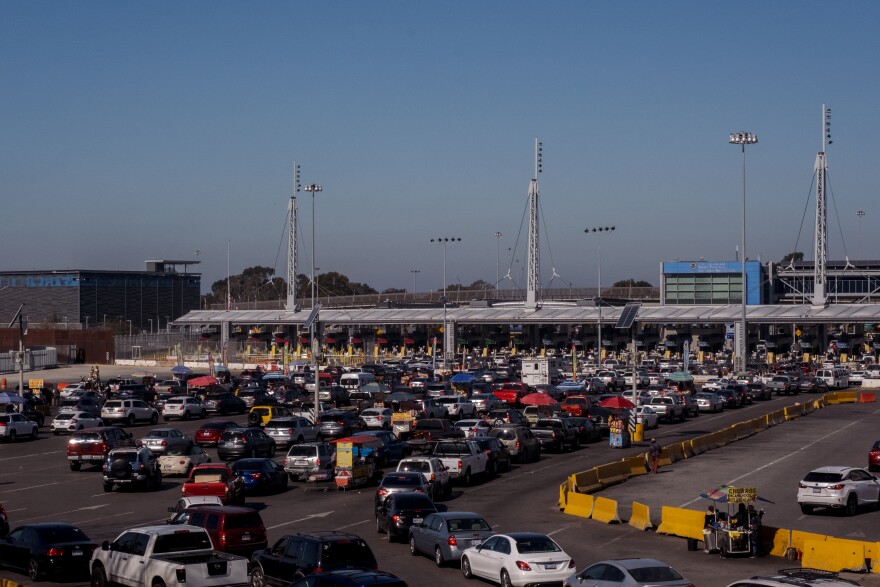Perceptions of Mexico and the border economy from north of the border can be reduced to conversations around travel and tourism, crime or political tensions.
But that is missing a big part of the story. The California-Baja region was recently estimated to produce an economic output of over $250 billion a year. Industries in the region in the STEM fields (science, technology, engineering, and math) have generated tens of thousands of jobs both north and south of the border, while the region continues to draw billions of dollars in foreign investment every year.
While experts predict even more growth in the coming years, pandemic-induced supply chain issues have presented major obstacles for the future of this international partnership.
At the San Ysidro Port of Entry where roughly 100,000 people cross the border each day — the busiest border crossing in the nation — wait times have skyrocketed. The delays impact everything from international shipping routes to the daily commutes of workers who cross the border each day. SANDAG estimates a third of daily northbound travelers cross for work.
Ongoing political focus on border security and safety has also slowed down imports and exports between the two nations. This has had ripple effects on the economies of both sides of the border.
On a personal level, people who find their families, livelihoods and identities split by the border must navigate an increasingly tense situation at the border — presenting time-consuming hurdles for all who take part in the cross-border economy.
What does the “cross-border economy” mean to you? Do you have to cross the border for work? Do you have family on either side of the border? What do you know about this regional economy, and what do you wish you knew more about? Did you know that hundreds of billions of dollars are generated by this international economic partnership? How do you think foreign policy and political discourse have impacted how people, goods and services cross the border on a daily basis?
Your stories and experiences could be shared in an upcoming KPBS Community Conversation exploring the cross border economy.







